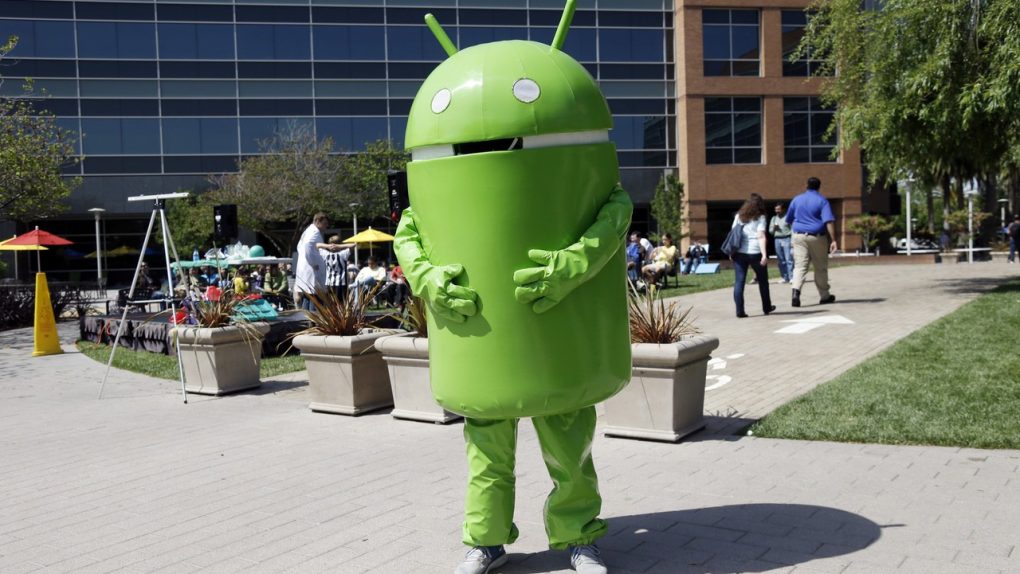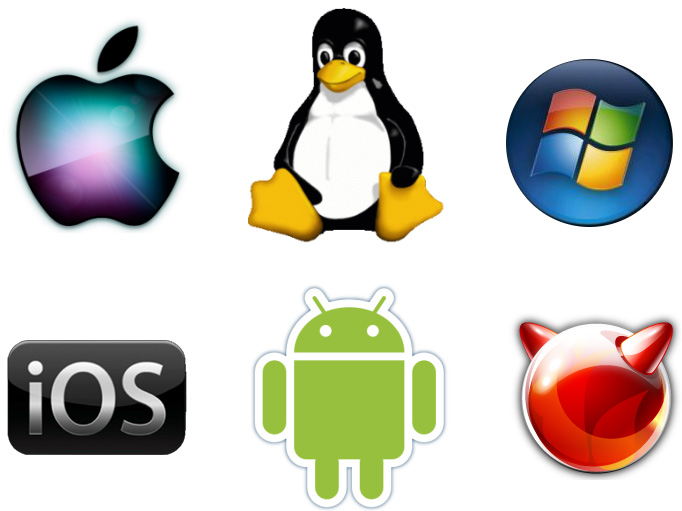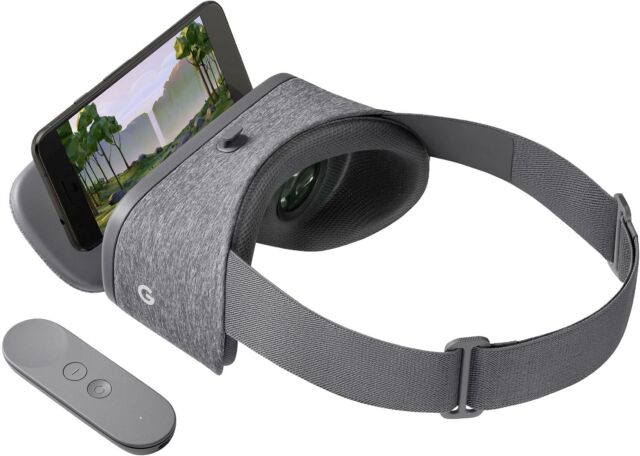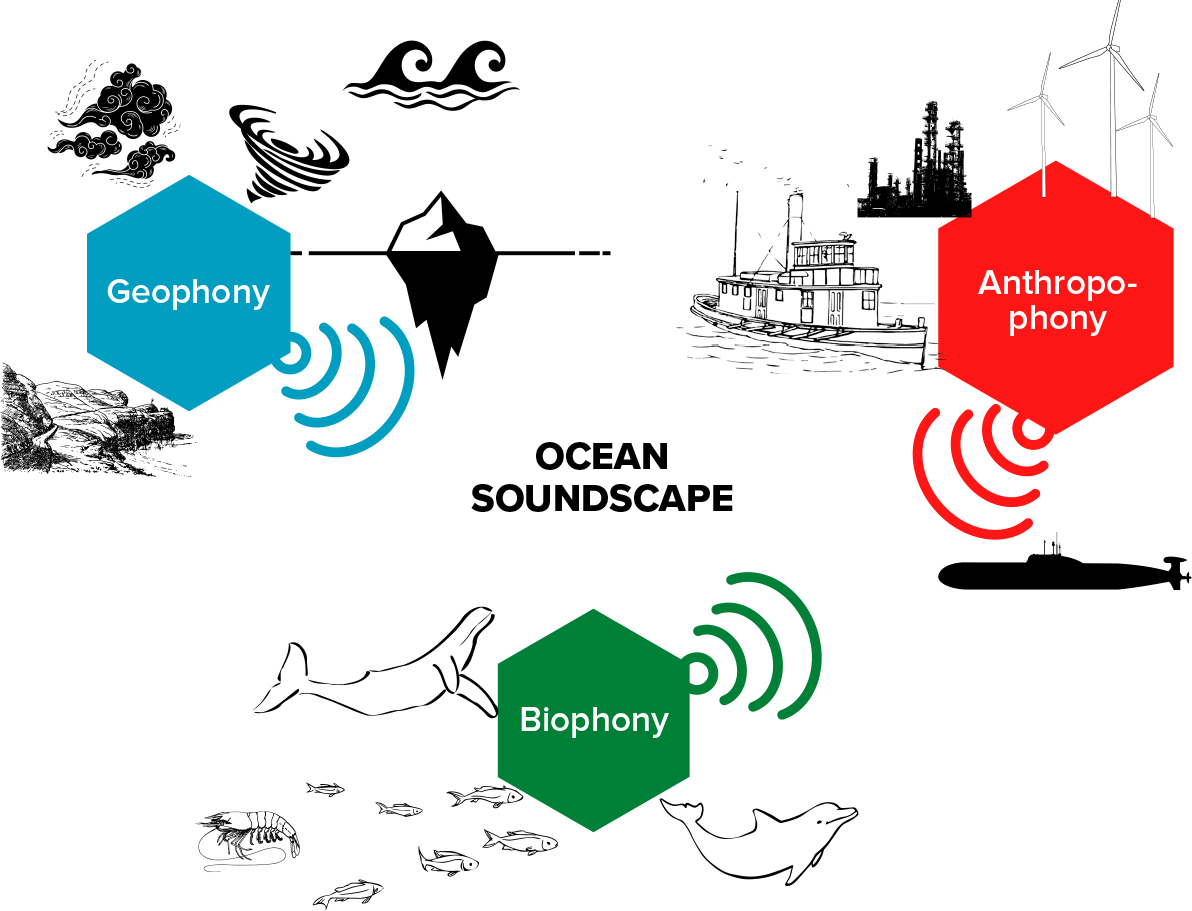Google is pushing the limits of innovation with its most recent venture: a computer-generated experience variant of Android.

By combining the familiar Android ecosystem with immersive VR experiences, this bold move aims to revolutionize how we interact with digital content. Google is set to make VR more accessible and integrated into our daily lives by utilizing its extensive mobile technology expertise.
This article provides a glimpse into the next technological frontier by examining the development, features, applications, and potential outcomes of Google’s VR Android. Learn how Google is shaping virtual reality’s future by diving in.
Android’s development from smartphones to virtual reality
Android’s emergence
Android, which Google introduced in 2008, quickly established itself as a standard in mobile technology. It enabled a wide range of manufacturers to produce smartphones and tablets catering to various market segments because it was designed as an open-source operating system for mobile devices. With its instinctive UI, broad application biological system, and customary updates, Android quickly collected a huge client base. By 2010, it had surpassed rivals to become the world’s most popular mobile operating system.

Important Steps in the Development of Android
Throughout the long term, Android has gone through huge changes, every emphasis bringing new elements and improvements:
- A third-party app widget and an on-screen keyboard were added to Cupcake (Android 1.5).
- Android 2.2’s Froyo introduced push notification support and performance enhancements.
- Android 4.0’s Ice Cream Sandwich introduced a contemporary design language and unified the smartphone and tablet interfaces.
- Material Design was used in the new interface in Lollipop (Android 5.0), which emphasized clean lines and simple navigation.
- Nougat, Android 7.0, added support for multiple windows and improved notifications.
- AI-driven features like adaptive brightness and battery life were included in Android 9.0 Pie, enhancing device performance and user experience.
- The operating system’s refinement continued after Android 10 with an emphasis on security, privacy, and seamless integration with other Google services.
Making the switch to virtual reality
In 2014, Google launched its venture into virtual reality with the introduction of the inexpensive DIY VR headset known as Google Cardboard. In 2016, Daydream came out, a more advanced virtual reality platform with a comfortable headset and controller and a dedicated VR mode for Android.

Daydream was discontinued in 2019 despite its initial success and difficulties in gaining widespread adoption. Nonetheless, these early endeavors laid the basis for coordinating VR capacities into Android, making way for a more powerful VR environment.
The VR version of Android is here!
Google is about to launch a virtual reality-specific Android version, building on its previous successes. This new cycle plans to mix the flexibility of Android with the vivid capacities of VR, making a consistent and drawing-in client experience. Important aspects include:

Improved User Interface: Redesigned for use in a 3D environment, this interface makes it easy to interact with the game and makes it feel like you’re there.
Compatibility with Existing Apps: Making it possible for existing Android apps to run in virtual reality, giving users an experience that is both familiar and new.
Utilizing cutting-edge hardware to produce smooth, high-fidelity VR experiences is referred to as optimized performance.
The Plan for Android with VR Capabilities
Google expects virtual reality (VR) to become a common medium for a wide range of uses, including education and healthcare. Google wants to make virtual reality accessible to everyone and make it an essential part of everyday technology by integrating VR into Android.
More than just a technological advancement, this change is a paradigm shift in how we interact with digital content. Android’s new VR capabilities promise to transform the way we experience the digital world as VR technology continues to advance.
Key Features of Android’s VR Version
Google’s computer-generated experience adaptation of Android is ready to upset how clients collaborate with advanced content. Google wants to create a user experience that is both seamless and fully immersive by incorporating VR capabilities into the familiar Android ecosystem. Here are the key highlights that characterize this imaginative stage:
Enhanced Experience and User Interface
A completely redesigned user interface specifically designed for virtual environments is available in the VR version of Android. The following are significant enhancements:
3D Route: Clients can explore a 3D space utilizing instinctive motions and head developments, making cooperation more regular and vivid.

Immersive Home Screen: Users can arrange apps and widgets in a 3D space on the immersive home screen, which makes the experience more engaging.
Spatial Audio: Uses spatial audio to create realistic soundscapes that enhance immersion and presence.

Voice Commands: Enhanced voice recognition makes it easier and more accessible for users to control the interface and complete tasks without using their hands.
Combination with Existing Android Administrations and Applications
One of the champion highlights of the VR rendition of Android is its similarity with existing Android applications and administrations:
Seamless App Integration: Current Android apps are able to run in the VR environment, either in a virtual screen mode or as fully immersive experiences, allowing users to seamlessly switch between content that is presented in two dimensions and three dimensions.
Google Administrations: Center Google administrations like Google Search, Google Guides, and YouTube are improved for VR, offering remarkable highlights like 360-degree video playback and virtual visits.
Play Store Access: Clients can get to the Google Play Store straightforwardly from the VR interface, investigating and downloading VR-explicit applications as well as conventional Android applications.
Requirements and Compatibility with Hardware
The VR version of Android is made to work with advanced hardware to ensure a smooth and high-quality VR experience:
Smartphones that are VR-ready: Designed to work with the most recent generation of smartphones that meet particular hardware requirements like powerful processors, high-resolution displays, and advanced sensors.
Independent VR Headsets: Viable with independent VR headsets that don’t need a cell phone, giving a more coordinated and strong VR experience.
Peripheral Support: Allows for the use of a variety of peripherals, such as VR controllers, external cameras, and motion sensors, thereby enhancing immersion and interaction.
Advanced Performance Enhancement
For VR to avoid issues like latency and motion sickness, performance is essential. The VR form of Android incorporates a few enhancements to guarantee a smooth encounter:
Low Latency Rendering: This rendering method uses techniques to reduce latency so that head movements and actions are immediately reflected in the virtual environment.
High-Fidelity Graphics: Provides stunning environments that enhance immersion and support high-resolution textures and complex graphics rendering.
Adaptive Performance Management: Balances power consumption and processing power to maintain optimal performance by dynamically adjusting performance in response to the capabilities of the hardware and the tasks at hand.
Features for Safety and Comfort
Google has included a number of features to address the potential for discomfort and safety concerns in VR:
Safe Zones and Boundaries: Users can draw physical lines around their virtual reality environment to keep them from accidentally hitting real-world objects.
Break Reminders: The system can encourage healthier usage habits by reminding users to take breaks to avoid eye strain and fatigue.
Ergonomic design: places an emphasis on ergonomic design principles in both software and hardware to guarantee user comfort over time.
Resources for Developers
To encourage a strong biological system of VR applications, Google gives complete instruments and assets to engineers:
VR SDK: An Android-specific VR software development kit (SDK) with tools and libraries for creating VR apps.
Developer Documentation: Comprehensive tutorials, best practices, and documentation to assist developers in creating VR content of high quality.
Support for the Community: Access to forums, support channels, and collaborative platforms where developers can share their knowledge and get help.
Conclusion: The Street Ahead for VR and Android
With its VR version of Android, Google enters the virtual reality space, marking a turning point in technology. By blending the comfortable Android biological system with state-of-the-art VR abilities, Google isn’t just improving client encounters but also making way for the following flood of computerized collaboration.
This cutting-edge platform makes VR more accessible and practical for everyday use by providing an immersive user interface, seamless integration with existing apps and services, and robust performance enhancements. The range of potential applications for this technology—from gaming and education to healthcare and beyond—is virtually limitless as Google continues to improve it.
The VR variant of Android proclaims another time of commitment and submersion, promising to change how we associate with the computerized world and prepare for future mechanical progressions.
